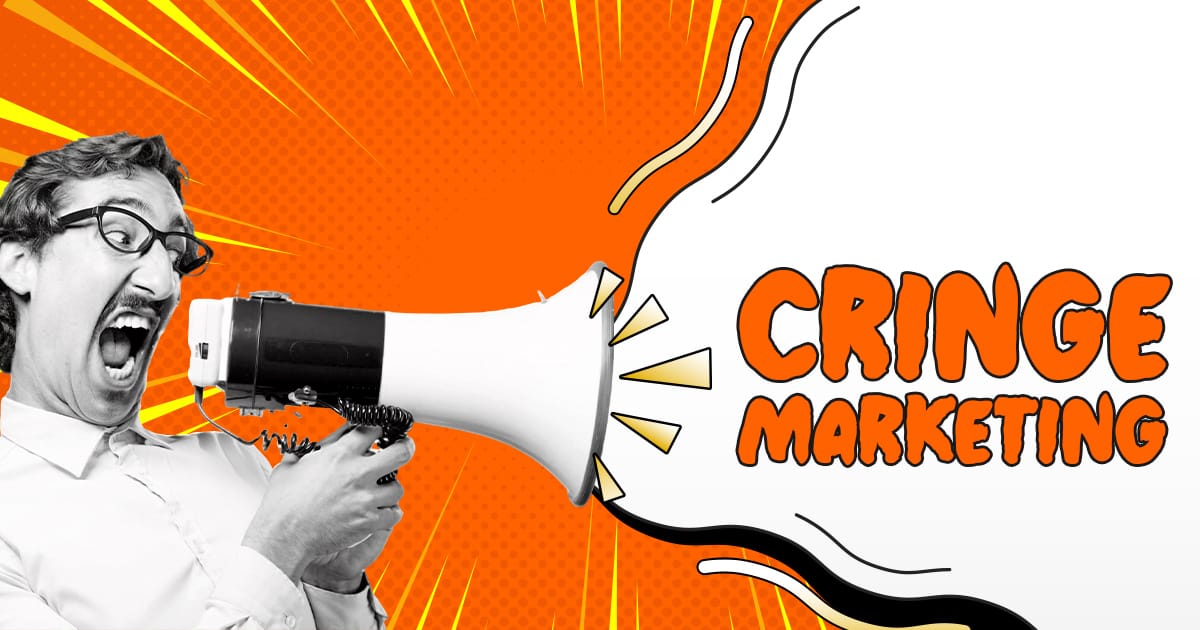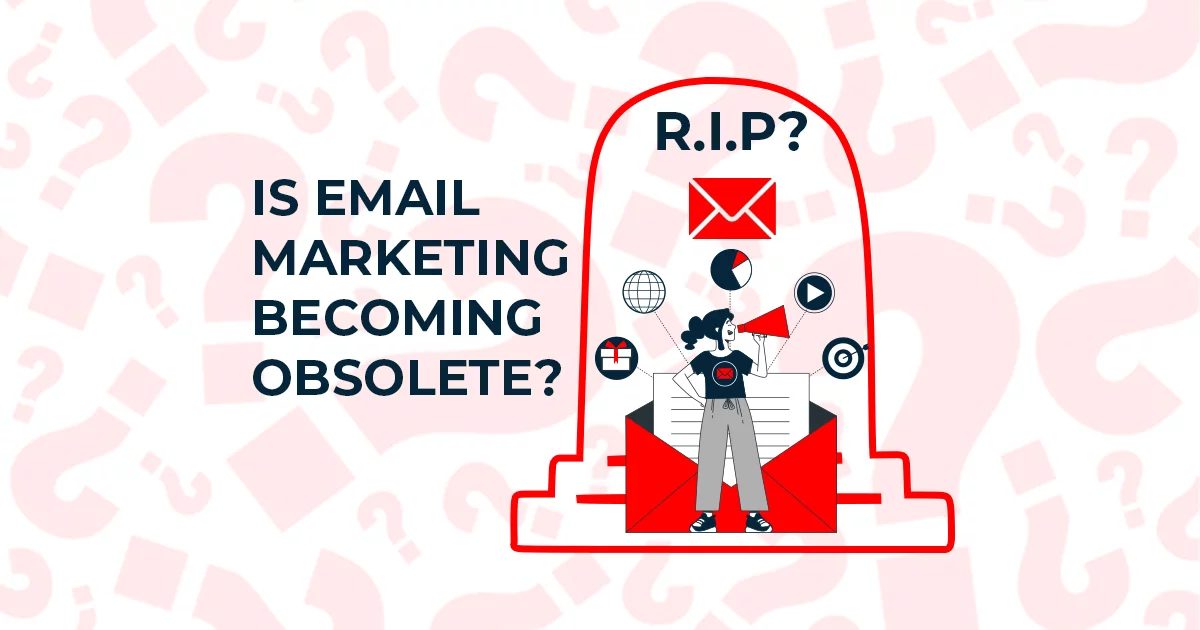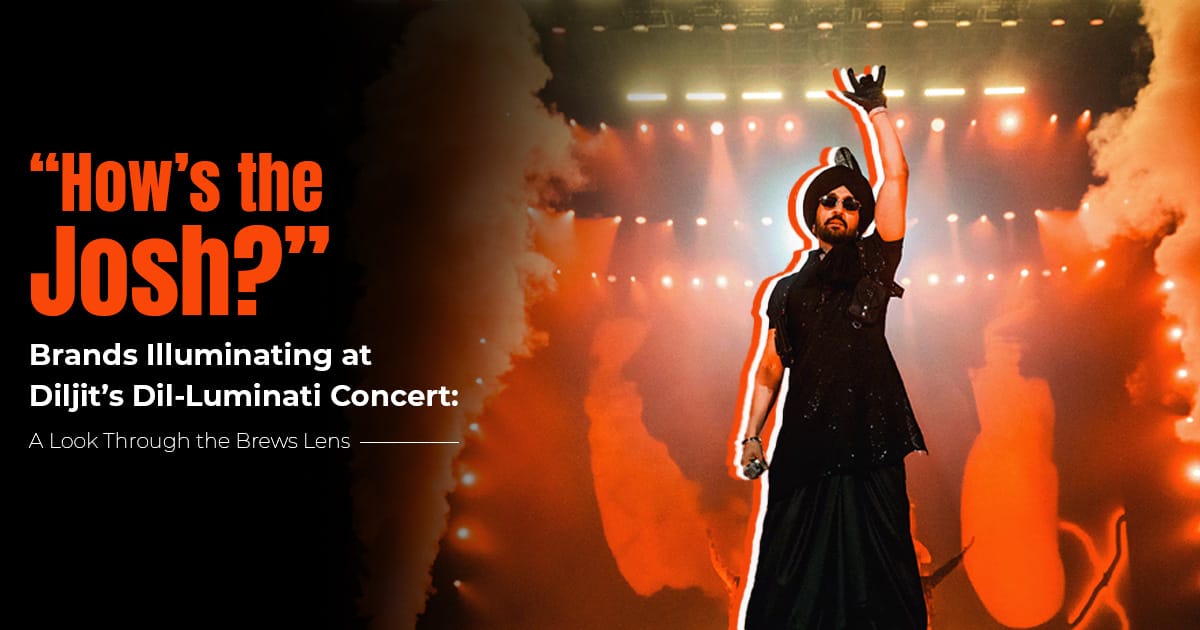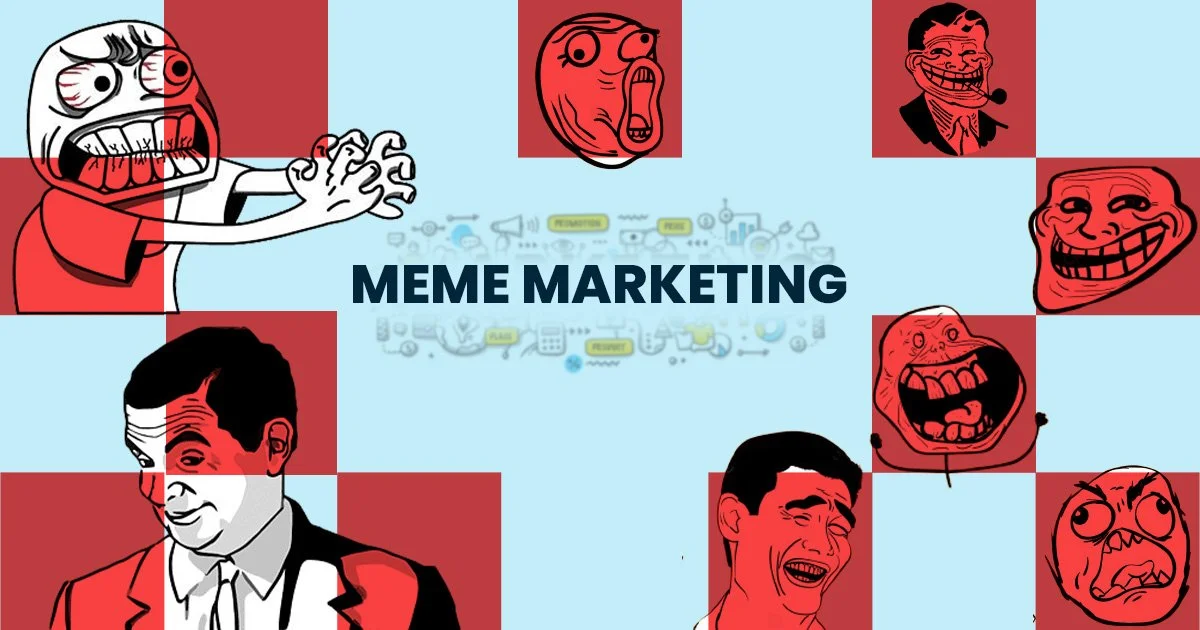In a world where social media feeds are picture-perfect and curated, a peculiar trend has emerged that challenges conventional norms of advertising: cringe marketing. Instead of the polished, flawless ads we’re used to, cringe marketing dives right into awkward, embarrassing, and sometimes hilariously uncomfortable moments to leave a lasting impression.
As a 360-degree marketing agency in Kolkata, we understand that effective campaigns connect with audiences at various touchpoints. Cringe marketing, in particular, resonates on a deeper level, creating a sense of “We’re in this together!” At its core, this strategy leverages discomfort to help a brand or product stand out. Let’s dive into this world of craziness:
Understanding Cringe Marketing
So, what exactly is “cringe”? According to Urban Dictionary, it refers to moments or actions so embarrassing or awkward that they evoke a sense of secondhand shame. Cringe marketing leverages this discomfort, utilising awkward or embarrassing scenarios to create memorable advertising campaigns. By tapping into shared social anxieties and awkward moments, it invites audiences to laugh, cringe, or find relatability in the brand’s “cringe-worthy” scenarios.
The roots of cringe marketing can be traced back to the groundbreaking comedies like The Office and Sarabhai Vs Sarabhai, which pioneered the genre of discomfort-as-entertainment. As society’s appetite for cringe-worthy content has grown, brands have seized the opportunity to break through the clutter of traditional advertising. They aim to connect with audiences in a more authentic—and at times, painfully awkward—manner.
The Psychology Behind Cringe Marketing
The effectiveness of cringe marketing is rooted in psychological principles. Two primary theories—Benign Violation Theory and empathy-driven response—help explain why cringe content resonates.
- Benign Violation Theory: Developed by researchers Peter McGraw and Caleb Warren, this theory posits that humour arises when something is both “wrong” (a violation of social norms) and “harmless” (benign). Cringe comedy fits this model as it introduces situations that are socially awkward or embarrassing but are ultimately harmless. When brands utilise cringe marketing, they place themselves in scenarios that are uncomfortable yet relatable, inviting viewers to empathise with the characters’ discomfort without feeling threatened.
- Empathy and Relatability: Cringe content creates a shared experience of awkwardness, a feeling many audiences relate to. Soren Krach, a psychiatry professor, notes that cringe content elicits empathy from viewers as they “suffer along” with the characters in these scenarios. Melissa Dahl, author of Cringeworthy: A Theory of Awkwardness, compares this feeling to horror movies, where audiences experience fear without actual danger. Similarly, cringe allows audiences to indulge in awkwardness without personal consequence.
The Good and Bad Sides of Cringe Marketing
While cringe marketing can create memorable, viral content, it’s essential to recognize that not every brand can benefit from it. Here’s a breakdown of when cringe marketing is effective and when it can go terribly wrong.
When Cringe Marketing Works
- Relatability in Overwhelming Content: In a crowded digital space, cringe content cuts through the noise, offering something unexpected and attention-grabbing. Its relatability makes audiences feel connected to the brand.
- Brands Catering to Younger Audiences: Younger audiences tend to appreciate content that doesn’t take itself too seriously. Cringe marketing, especially on platforms like TikTok, allows brands to interact more casually with these audiences.
- Building Authenticity: By presenting imperfections, brands seem more approachable and relatable. Cringe marketing humanises the brand, allowing consumers to see the flaws, thereby building authenticity.
When Cringe Marketing Fails
However, cringe marketing doesn’t work for every brand or message. As a 360-degree marketing agency, according to our observations here are situations where it can backfire:
- Serious or Sensitive Topics: Brands dealing with healthcare, social issues, or financial services should avoid cringe tactics. The awkwardness might overshadow the message or make light of serious subjects.
- Luxury or Professional Brands: For brands with a refined, sophisticated image, cringe marketing can dilute brand value and credibility. High-end fashion, finance, and law firms are best suited for more polished and professional campaigns.
- Mismatched Platforms: Certain platforms like LinkedIn or traditional news media don’t align well with cringe content, which is generally better suited to informal, social media spaces like TikTok.
5 Examples of Successful Cringe Marketing Campaigns:
From big brands to up-and-coming ones, a lot have tried out cringe marketing to stay in the game. Some kept it low-key, while others went all in. Let’s see five cringe-worthy campaigns from the past few years:
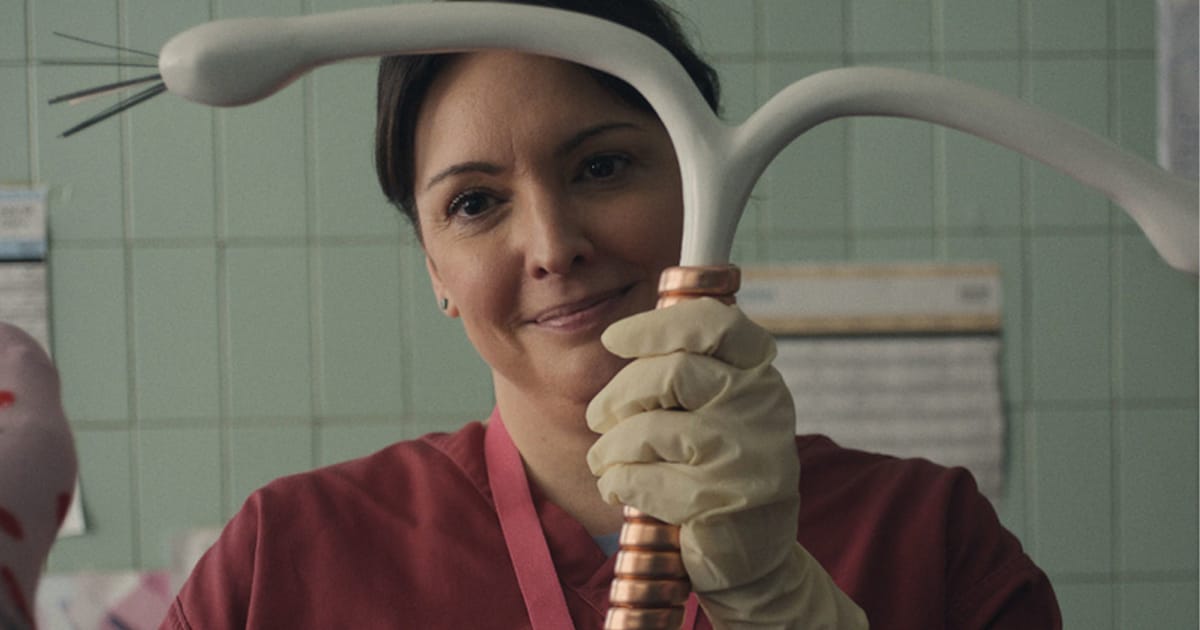
1. Bodyform: “Never Just a Period”
Bodyform, a UK-based feminine hygiene brand, took a bold approach with its “Never Just a Period” campaign, aiming to break down the stigma surrounding menstruation. The campaign used a candid, unfiltered approach to show the realities of periods, pushing against the sanitised way menstruation is usually depicted in advertising. The campaign was a cringe-worthy revelation for some because it was so direct and confrontational about a topic typically discussed in euphemisms.
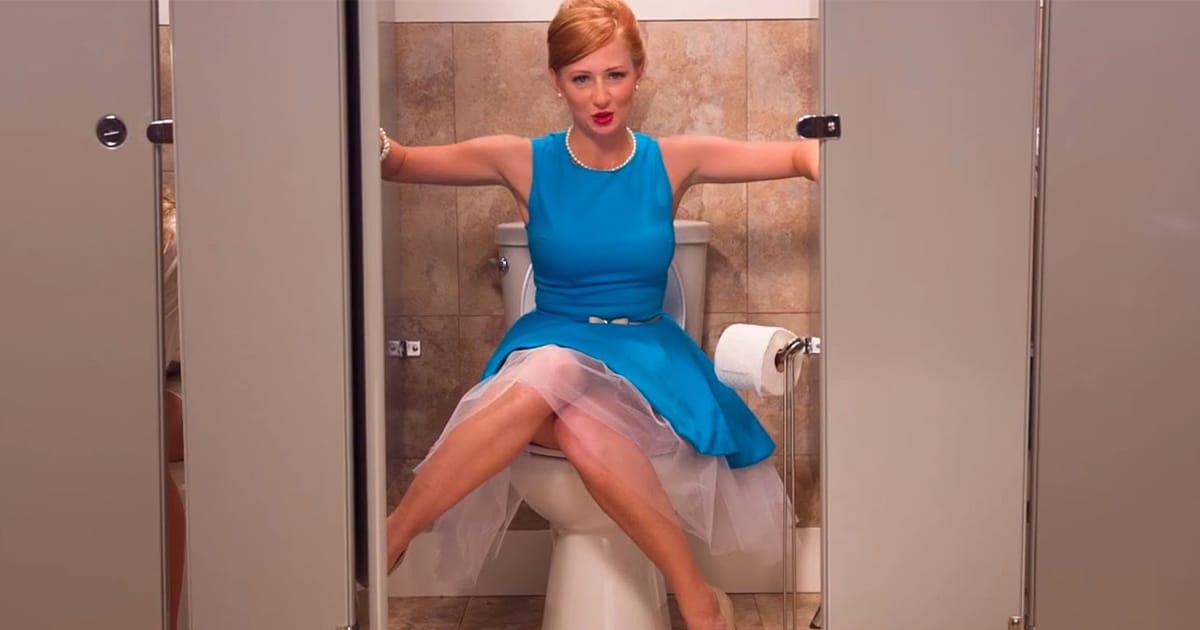
2. Poo~Pourri: “Girls Don’t Poop”
Poo~Pourri, a bathroom spray brand, introduced its product with a cringe-worthy, laugh-inducing campaign titled “Girls Don’t Poop.” The ad features a well-dressed woman sitting on a toilet, candidly talking about the uncomfortable topic of bathroom odours in an exaggeratedly posh accent. The cringe comes from the unexpected contrast between her elegant appearance and the taboo subject matter.
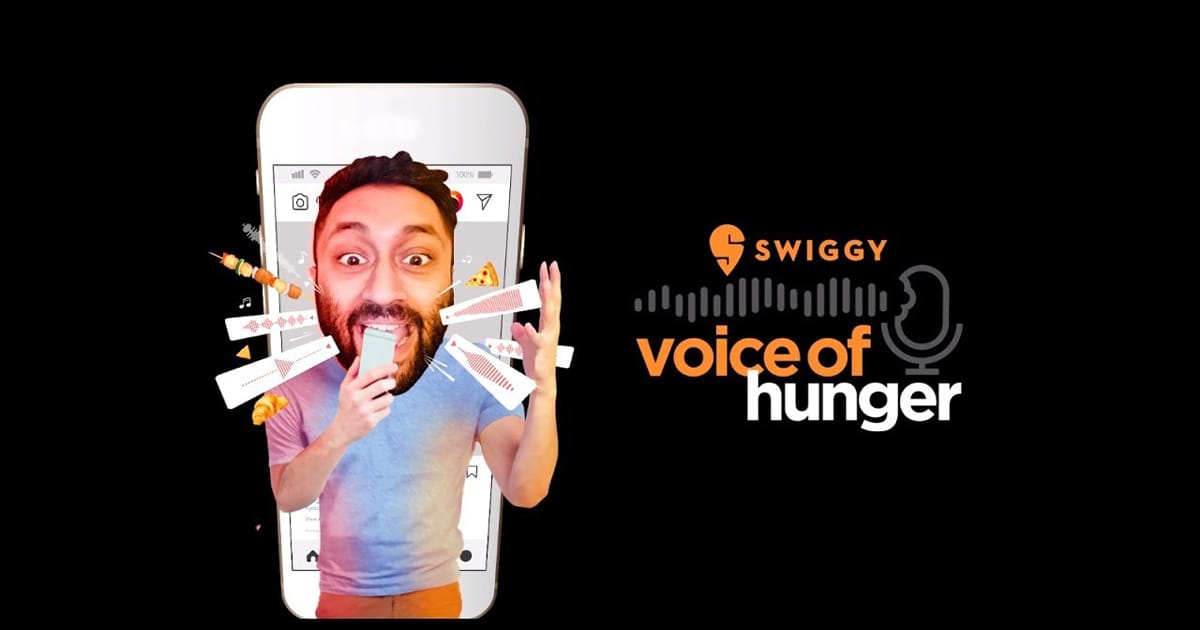
3. Swiggy : “Voice of Hunger” Challenge
Swiggy’s social media campaign encouraged users to mimic the sounds of food, resulting in a slew of cringey and funny videos. The quirky challenge boosted engagement on Instagram and resonated with younger audiences, becoming a memorable campaign.
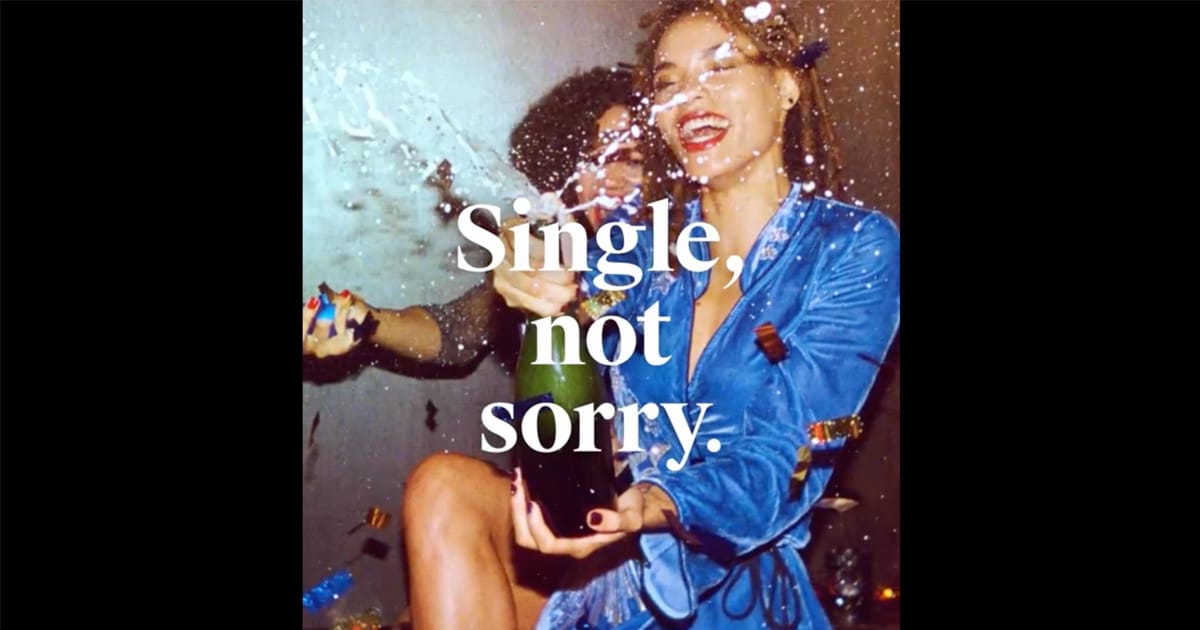
4. Tinder India: “Single Not Sorry”
This campaign embraced the awkwardness of modern dating with ads that highlighted embarrassing dating scenarios. The light-hearted cringe appealed to younger audiences navigating relationships and celebrated singlehood with humour.
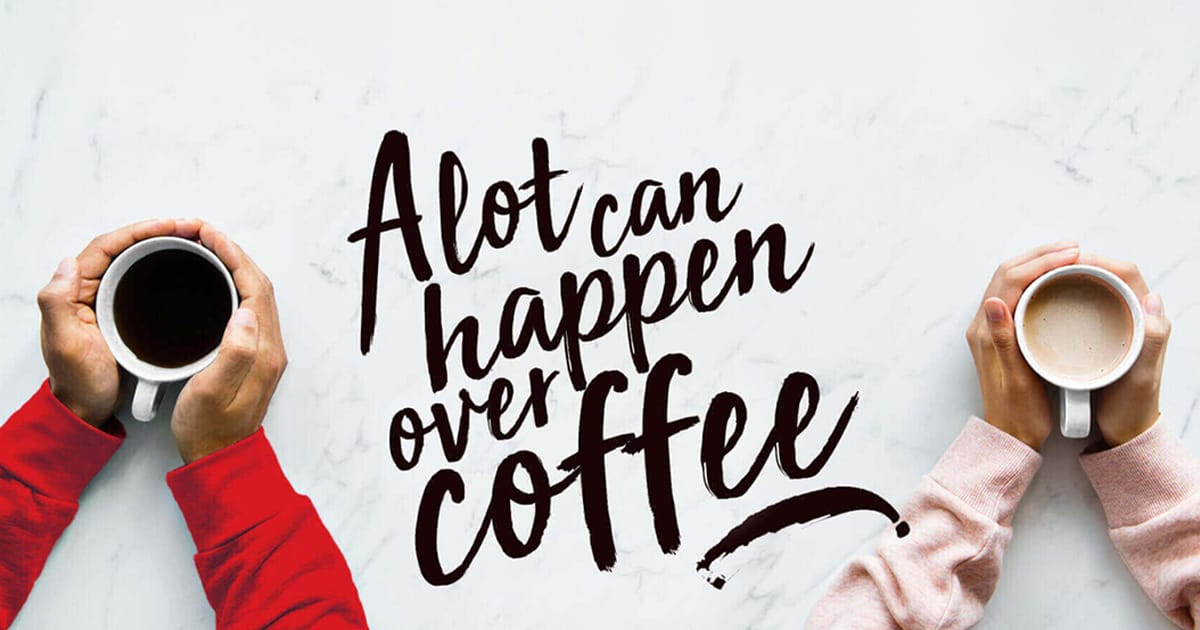
5. Café Coffee Day : “A Lot Can Happen Over Coffee”
Café Coffee Day’s series of ads featuring awkward social situations that unfold over coffee were designed to evoke relatable cringe. These light-hearted moments resonated with the youth, emphasising the brand’s position as a casual hangout spot. This campaign was successful in strengthening brand recall among young coffee lovers.
Key Takeaways for Cringe Marketing
Cringe marketing can be a powerful tool, but only when used thoughtfully and strategically. Here are some key considerations:
- Commitment to the Concept: Cringe marketing requires full commitment. Half-hearted attempts can fall flat, so if you’re going to use cringe, go all in.
- Knowing Your Audience: Understanding the audience’s humour preferences is crucial. Younger demographics may enjoy cringe content, but it may not resonate with more conservative audiences.
- Choosing the Right Platform: Cringe marketing works best on casual, video-centric platforms like Facebook or Instagram. More formal platforms, like LinkedIn, might not be the best fit.
- Choosing Right Topics: Cringe marketing is best suited for light-hearted content. Using this approach for serious topics can appear tone-deaf or insensitive.
Cringe marketing thrives on surprise and unpredictability, so dare to think outside the box—but remember to keep your brand’s core values front and center to avoid unwanted associations. Feeling the cringe of handling it all as a brand owner? We’ve got a Gr8 solution! Let’s join forces and bring just the right touch of “cringe tadka” to your 360-degree marketing campaign. Connect with Gr8 Brews, leading 360-degree marketing agency in Kolkata, for a bold and memorable marketing blend tailored to your brand!


